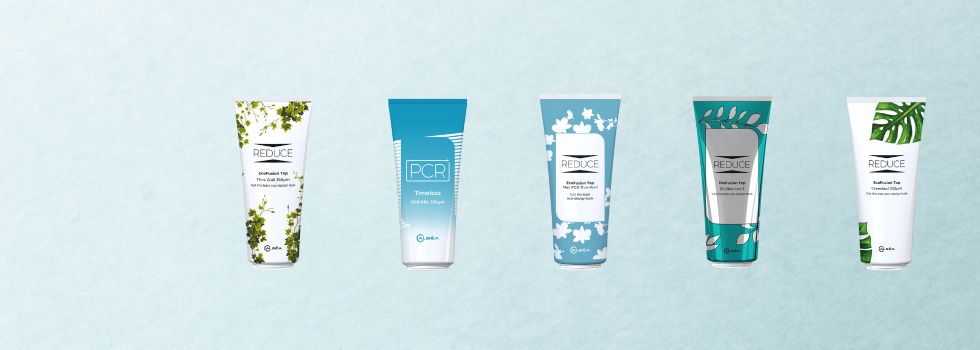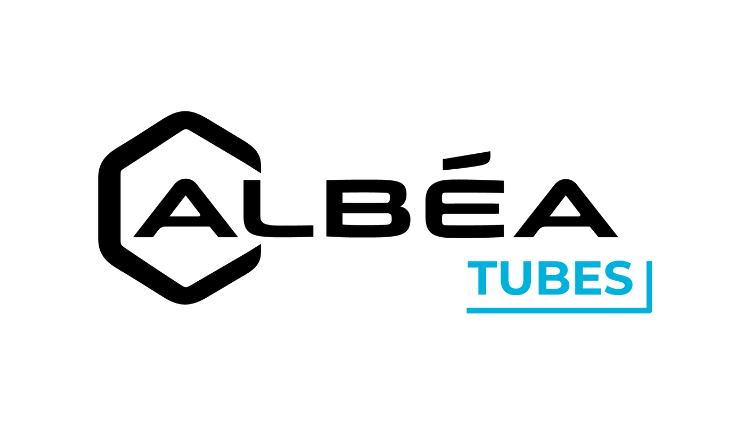Promotional Features
Driving circular beauty through reduction in tube packaging
To create responsible packaging is to be aware that the Earth’s resources are limited and that the circular economy is the solution to preserve them. For the packaging industry, the transformation of plastic packaging into a new raw material without ever becoming waste is a huge challenge. This implies rethinking the processes to reduce the consumption of materials, whatever they may be, and to strengthen the collection, sorting, reuse and, above all, the recycling of cosmetic plastic packaging. It also implies creating short, efficient, circular circuits with the least environmental impact.
Like many other key players in the cosmetic packaging industry, Albéa is committed to this approach and adheres to the roadmap of the Ellen MacArthur Foundation through five priorities: reduce the use of materials, reduce weight, eliminate problematic or unnecessary materials; designing for reuse; offering truly recyclable packaging that is truly recyclable; reincorporate consumption; and eliminating as much as possible non-renewable virgin raw materials using bio-based resins, for example.
In this transition to a circular economy of plastics, eco-design is key. It is a bit of a philosophy of life – for products, a precept that revolves around a central question: how can their environmental impact be limited, from design to end of life? In practice, many choices are made considering this objective: using materials that require as few fossil resources as possible, giving priority to renewable resources, scrupulously respecting the renewal rate, and reducing energy consumption.
Today, the main lever of the eco-design approach is to lighten the packaging by reducing plastic use. Packaging suppliers are therefore increasingly working on innovative solutions integrating less plastic. For Albéa, the first step was the development of eco-designed light caps in recent years. The second step came at the beginning of this year, blending technical challenge and innovation, with the EcoFusion Top solution - a two-in-one "head + cap" specially designed to "visualise" the material saving. The fusion of the tube head reduces the weight of the tube by 55% compared to a standard tube - with an equivalent benefit on the carbon impact of the packaging. The system is made from HDPE to guarantee mono-materiality and recyclability. Besides, the two-in-one system is available with various sleeve options for both laminate and extruded tubes.
Eco-design packaging solutions to support new consumption habits
As a latest example and a result of a new product co-development with L’Oréal, Garnier’s Green Sciences-led product innovation “No-Rinse Conditioner” combines Albéa’s unique cardboard-based tube with EcoFusion Top, allowing a significant weight reduction for both tube and cap. This solution provides consumers with the perfect blend of packaging reduction and environmental consciousness supporting a more sustainable lifestyle and new responsible consumption habits.
By lowering the plastic amount used in the tube and the cap as well as the water consumption thanks to the special formula, this new product is the best example of how to reduce environmental impact. This breakthrough in sustainable packaging also showcases what is in store for the future of eco-responsible packaging and products.
In the cosmetic packaging industry, the collective and collaborative journey to transform plastic packaging and to help combat climate change is moving forward.

